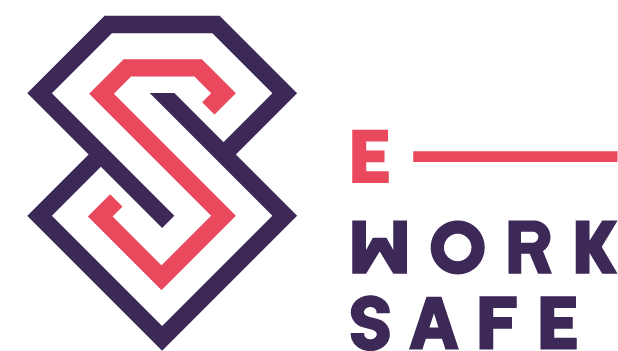Managing risk is critical to the long-term viability and success of any organization – whether an electric utility, university campus, hospital, or municipality.
Risk events can come in many forms, like human error, extreme weather, cyber-attack or workplace safety. Risk events can impact workers, operations, facilities, and the community – sometimes with fatal results.
Enterprise risk is typically categorized as:
- Compliance Risk – where regulations are not followed and legal action may result,
- Financial Risk – where significant financial impacts are felt due to any number of factors (inflation, poor investments, lost time/productivity, weak project management or cyber fraud to name a few)
- Reputational Risk – where the brand is adversely affected, often due to the organization’s actions (or lack thereof), and
- Operational Risk – where part or all facilities are taken out of service due to an incident.
Risk mitigation strategies aim to reduce the probability and/or the consequences of a risk event.
Some risks, like natural disasters, are outside of the organization’s control and so the goal is to minimize the impact – otherwise known as Risk Mitigation.
Other risks can be controlled by the organization and so the goal is to eliminate the risks completely, or at least reduce their likelihood. Workplace safety falls into this category since there are actions that the organization can proactively take to improve safety and reduce risk.
Many organizations have deployed a combination of risk management professionals and technology solutions to mitigate risk. This approach allows for the implementation of:
- Data, Analytics & Monitoring
- Crisis Planning
- Supply Chain Management
- Building a Safety Culture
Mark Henderson, President of Util-Assist and former EVP, Asset Management & COO of PowerStream, notes that “Building a safety culture can be challenging but important: Challenging because building a safety culture takes time and can it be difficult to measure. Important because safety incidents can affect all 4 types of risk – Compliance, Financial, Reputational and Operational.”
For example, an electrical arc flash incident at a Google datacenter resulted in a fire that injured 3 workers and impacted service.
Electrical incidents like this illustrate the need to operationalize safety and make it part of every task by every worker.
When it comes to electrical safety, a solution like e-WorkSAFE can help. Electricians use the e-WorkSAFE mobile app to do Job Safety Assessments before each task, thus reducing risk.
With e-WorkSAFE, your staff and contractors Work SAFE by complying with CSA Z462 for all electrical tasks. Management Works SMART by ensuring compliance. Thus, allowing your organization to mitigate risk and have a documented audit trail for verification.
For more information on e-WorkSAFE, please visit eworksafe.ca.
